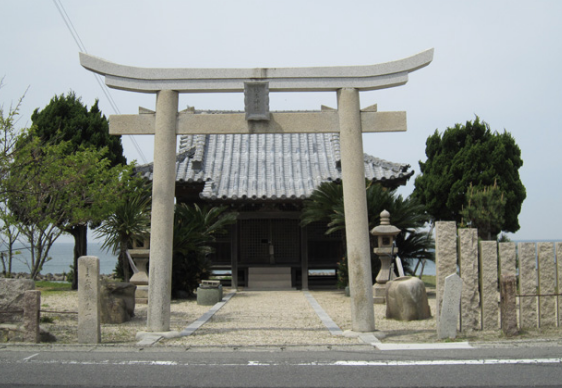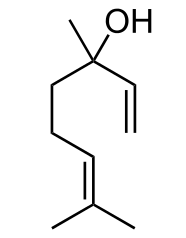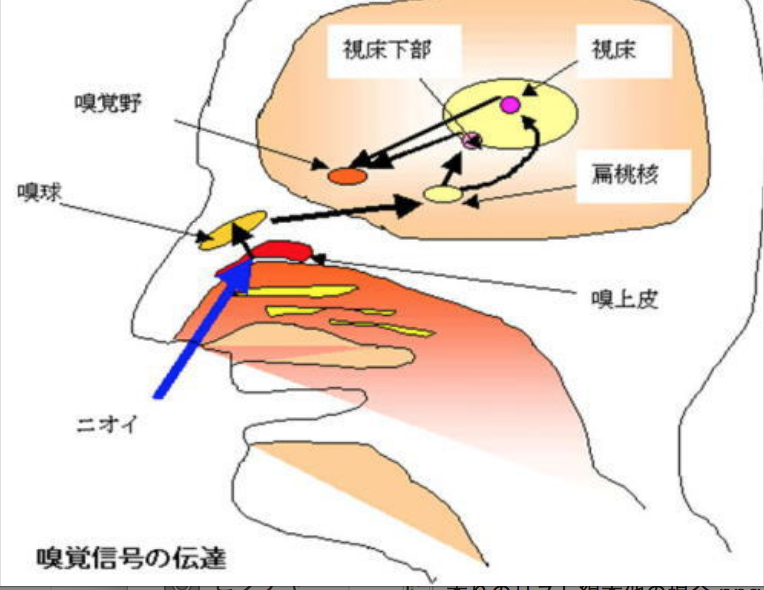
Fragrance and life
At Awaji yumebutai located in the northern area of Awaji Island, a gorgeous rose park is there (http://www.kisekinohoshi.jp/). At the end of May a lot of roses are in full bloom every year and people enjoy the smell of roses. In Awaji Island one of the most active industries is production of aromatic materials. The production covers 70% of Japanese aromatic materials, especially “Senko” aroma stick burning at a Buddhism temple and Japanese tombs. It is interesting that Awaji Island is recognized as the first place of aromatic materials coming from abroad in Japan. In year 545 a wood fragment was found at the sea shore now located in Awaji city (https://www.kunjudo.co.jp/incense/). People at that time burned the fragment and then aroma was coming out from the fragment. Then those people took the fragment to Prince Shotoku, a son of Emperor Youmei of the time. He recognized that the fragment was a piece of traditional aroma tree known in China. He ordered to make a Buddha statue using this fragment. He also spread “Senko” with newly arrived Buddhism to Japanese society. As we know well, aromas can heal us. The original wood fragment is enshrined at a Shinto-shrine “Kareki-jinjya” in Awaji City.

Here we see Biology of aroma, its healing effect and relationship to Awaji life. Aroma is based on various chemicals, especially small organic volatile chemicals. One of the most popular aromas used for Aroma therapy, lavender, is in an extract of flowers and contains linarol and acetic linarile. Fragrance of lemon is limonene. On the other side, one of bad smells is ammonium. These chemicals bind to epithelium at the upper surface in nose. Mucosa covers this surface and chemicals are solved in this mucosa. In the epithelium, olfactory nerve cells are aligned. From these nerve cells, olfactory hairs are extruded as a part of the cells. In the cell membranes of the olfactory hairs, odor receptor proteins for various chemicals are integrated. Humans typically have around 350 of these receptors, while the receptors of dogs are around 1000. These numbers indicate the reason why odor sensitivities of dogs are higher than humans. It is obvious that humans can recognize more than 350 odors. According to a research, more than 10 million odors exist in our environment. How only 350 receptors can recognize such a big number of odors.

Professor Seiji Shiota, Showa University of Medicine, studies sensing mechanisms of odors and publishes an introductory book of aromatherapy (Seiji Shiota, How do aromas affect brains ? (2017), NHK books 385). In this book Dr. Shiota explains how 350 receptors can work to recognize different odors. It is a bit complicated. Each receptor can bind a group of several independent chemicals which have similar chemical structures. Many molecules are contained in one species of odor. Those molecules bind to multiple independent receptors. Affinity of these chemicals to a receptor are different among the group chemicals. Binding strength (affinity) affect intensities of each signals of odor from the receptors to brain. The number of odor nerve cells in the epithelium is about 10 million. These nerve cells make a bundle and transfer odor signals to the limbic system, an old cerebral cortex area for the first and then to a new cerebral cortex area. On these new cerebral cortex areas odor signals are imposed finally, leading to make us recognize each odor. The imposed images of each odors are complex and are independent for each odor, called odor maps. These maps are still on the way to being completed by researchers.


After odor signals reach the limbic system, they are further transferred to the thalamus, the center of our nervous system and hormones, located at the bottom of brain which controls our whole body. The odor signals further affect the autonomic nervous system. When bad smells come, the sympathetic nervous system, one of the autonomic nervous systems, becomes excited and then we escape from the smells under the control of the nerve. On the other hand, when a good aroma comes, the parasympathetic nerve system, another autonomic nervous system, is excited, leading to feel relaxed. Knowledge of these mechanisms is useful to understand how odors change our emotion. The odor signals go further to the hippocampus and amygdala, where our memory and emotional status, respectively, are established. These mechanisms support that odors are related to our emotions and evoke memories of old events through various odors.
Genes of odor receptors were originally found by Drs. R. Axel and L. Buck of Rockefeller University in 1991. Based on the new findings of odor receptor genes (L. Buck and R. Axel (1991) Cell 65, 175-183), they opened a new era of odor neurology and physiology, and then obtained the Novel Prize of Medicine and Physiology in 2004. After the findings, odor research has been developing knowledge of odors and their mental effects further worldwide. In Japan, extensive research in terms of odors is going on for example, at Hokkaido University(https://www2.sci.hokudai.ac.jp/sai/2806), Tokyo University(http://park.itc.u-tokyo.ac.jp/biological-chemistry/), Toho University (https://www.toho-u.ac.jp/sci/bio/column/035599.html), Osaka University (https://www.humanware.osaka-u.ac.jp/professor/kurahashi_takashi/) and Tokyo University of Technology (http://silvia.mn.ee.titech.ac.jp/html/index.html).
Here some examples of how aroma heals our emotion and helps us relaxed, are raised. It is well known that the aroma of lavender causes a decrease of blood pressure and make us relaxed. This is because neuronal signals caused by the aroma of lavender go to the thalamus and then to the pituitary gland. From there anti-stimulating hormone for glucocorticoid required for our activity is excreted. Because of this, para-sympathetic nerves become more active and we relax. Signals of ammonium, an example of bad smells, are transferred similarly as lavender signal, but as a result glucocorticoid hormone is increased oppositely, causing shrink of hippocampus and even depression. Aromas of lavender or white cedar decrease these negative phenomena because these aromas stimulate hormones (NGFR, BDNF) needed for nerve cell activation and preventing the shrink.

Now, let’s go back to production of aromas in Awaji Island. Ei, an area of Awaji City near the place where the first aroma tree-fragment was found is the place of “Senko” production. Skills for production of aroma “Senko” were introduced by a native of Ei, Tatsuzo Tanaka from Sakai area of Osaka prefecture in 1850 (https://www.chuokai.com/wp-content/uploads/2014/02/hyogosenko_torikumi260207.pdf). Since then “Senko”, aroma sticks also known as incense, have been produced by using cedar leaf extract from the Tokushima area. Production level of “Senko” at Ei is now number one in Japan and Ei is known as one of the top 100 places of aroma in Japan. “Kunjyu-do” company (https://www.kunjudo.co.jp/), one of the biggest aroma producing companies provides a very nice homepage to introduce us to background knowledge and history of aromas in Japan. According to this homepage, aromas in Japan are closely related to Buddhism. People feel that the aroma of “Senko” causes healing and enhances the mercy of Buddha. The frame of Senko is a symbol of covering the world by healing and the mercy of Buddha widely and peacefully. At a traditional Buddhism ceremony like a funeral condolatory money, “money for aroma at a funeral called Koden” is offered by the attendants. This suggests us the importance of aroma for Buddhism events.
In the Heian period around 1000 years ago, aristocracy enjoyed a game of mixing several different aromas to make better aromas called “Kaori awase”. Then later people enjoyed single aromas rather than a mixture, called “kiki-ko”, which means identifying an aroma’s name. Some people still enjoy this traditional aroma activity now.
Aromas are classified into two groups, animal and plant aromas. One of the most known plant aroma called “kyara” in Japan means the original place of this aroma is Vietnam. One of the aromas representing animal ones is musky odor, which comes from India and China originally. However, export of this odor from these countries is prohibited now. Then, musky odor is produced artificially now.
Besides these aromas, one of the popular aromas are based on various herbs. Lavender is one of the most popular herbs. Now we enjoy Yuzu, fragrant olive and so on, these days.

In Awaji City, “Aroma park”(http://www.eonet.ne.jp/~kaori-park/) and “Aroma palace” (https://www.parchez.co.jp/) are provided for tourists and many aroma trees and herbs are planted there. Many special needs people work at PASONA Heartful inc. (www.pasona・heartful.co.jp) in Awaji Island. They extract aroma oils from lavender planted in Awaji Island and sell them.
